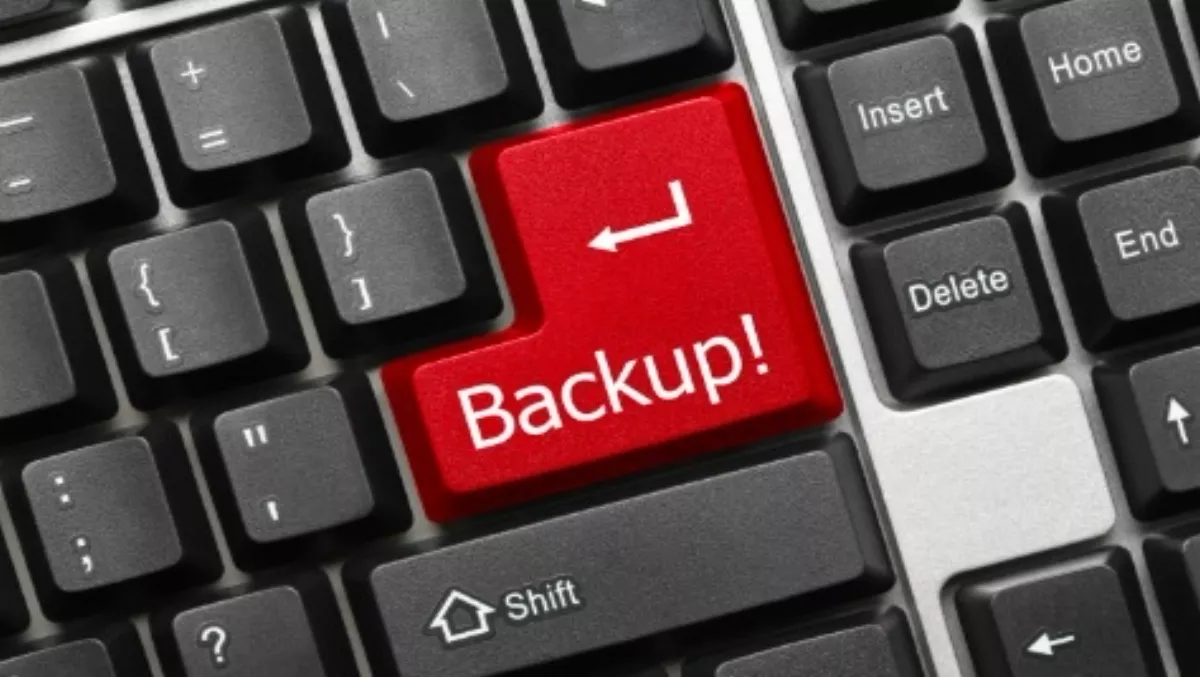
How to buy a backup and DR solution your CFO will love
An organisation looking to upgrade its backup/retrieval/disaster recovery solution needs to consider the new technology from three angles: IT perspective, user perspective and executive perspective.
The good news for CEOs, CFOs and CIOs is that the ideal solution suits all three categories: It is easy to implement and operate, easy to use and cost-effective. Ultimately reducing downtime and improves user productivity and reduces data loss after a corruption, virus or crash.
We ask each business we meet: "We know you can't do this immediately, but given a world where anything were possible, what would you like from your backup solution?
Most backup vendors are reluctant to ask this question, as normal responses include: Reduce backup windows to seconds or minutes; restore files in seconds; automatically test recoverability at least once every day; a truly 'set and forget' solution that once deployed needs minimal manual involvement to keep it functioning and operational.
Most of this wish-list mirrors the issues with traditional file or block-based backup products. The latest in sector-based imaging technologies deliver true real-time protection and, critically, real-time recovery. All the issues that once were major problems have been eliminated or substantially reduced.
The new mantra is: Forget about backup, consider only recovery.
Incredibly, vendors still talk about backup functionality, even though only recovery capabilities matter to a customer. The conversations should all be about RTO (recovery time objectives) - the time to restore files, folders and complete servers after a corruption, virus or crash should be seconds or minutes and the RPO (recovery point objective) should be no more than 15 minutes ago.
Real-time recovery solutions should reduce backup windows from hours to minutes or even seconds. Imagine never having another backup window issue. Imagine, if every night at say 2am, all your virtual and physical servers had a recovery test performed to provide maximum confidence that data and databases and server can be recovered after a crash, corruption or virus. The impact for a CFO would be huge.
Shrinking the budget need not mean shrinking capabilities.
The great news for CFOs is that the 'big' gorillas in backup are being attacked by the small, nimble software companies whose solutions are based on next generation sector-based imaging that delivers all the capabilities at typically a fraction of the cost of traditional 'big' products. They deliver a compelling value proposition.
New products deliver varying degrees of recoverability, but to differentiate those that promise the world yet fail to deliver, simply ask the vendor to install a PoC or Proof of Concept at your site, on your equipment. If this is too difficult for the vendor, most likely it would be difficult to deploy and manage when you move into full production. When you do your PoC, install on a server(s) with lots of transactions and heavy usage. If your selected solution can handle the difficult servers, it will likely breeze through all the others.
Finally ask yourself: If a critical SQL, Exchange, SharePoint or Oracle server is corrupted at 14:46 today, how much data will we lose - five hours of data multiplied by the number of users (say 500 employees) equals 2,500 emails, transactions or files. Everything is gone since your last (working) backup.
Or, do you want to restore the server in minutes to its exact state from 14:45, losing just one minute of data! Yes, from IT; yes from users; and yes from the CFO!

